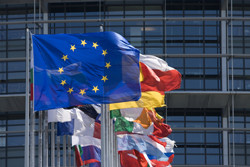Regulated and coordinated governance
The present era of international cooperation and globalisation has seen widespread adoption of a mode of governance involving regulation combined with regional coordination. The EU is an exemplar of such a model, yet questions remain about its efficiency and effectiveness. Over nearly two years, the EU-funded EURTG project investigated the EU's role as a regional tier, considering its efficiency to improve adherence to global rules. The study aimed to build and test a model of regional coordination, focused on compliance with international economic and development policies. Additional goals included creating tools for improving governance and enforcing laws, and building an international compliance index. The project concluded in early 2014. A quantitative analysis examined key economic variables pertaining to the period 1980–2009, and assessed functional institutional mechanisms needed to improve compliance. A qualitative analysis explored the relationship between the regional-tier model of governance and compliance with competition or environmental policies. The latter study drew upon cases from France, Switzerland and the United Kingdom. The project found that the regional-tier model locks states into agreements from which exit is difficult, whereas independent states are more flexible in their compliance. Nevertheless, the model achieves a greater than anticipated compliance with global rules, because of efficient and credible commitments achieved through bilateral agreement. The regional-tier model was further found to offer additional advantages, through its credible institutions and delegation to outside agencies. In summary, regional tiers produce greater compliance than would otherwise be possible, providing the regulation is legitimate. EURTG illustrated the key factors affecting compliance with international regulations. Hence, regulatory and cooperative mechanisms were improved.







